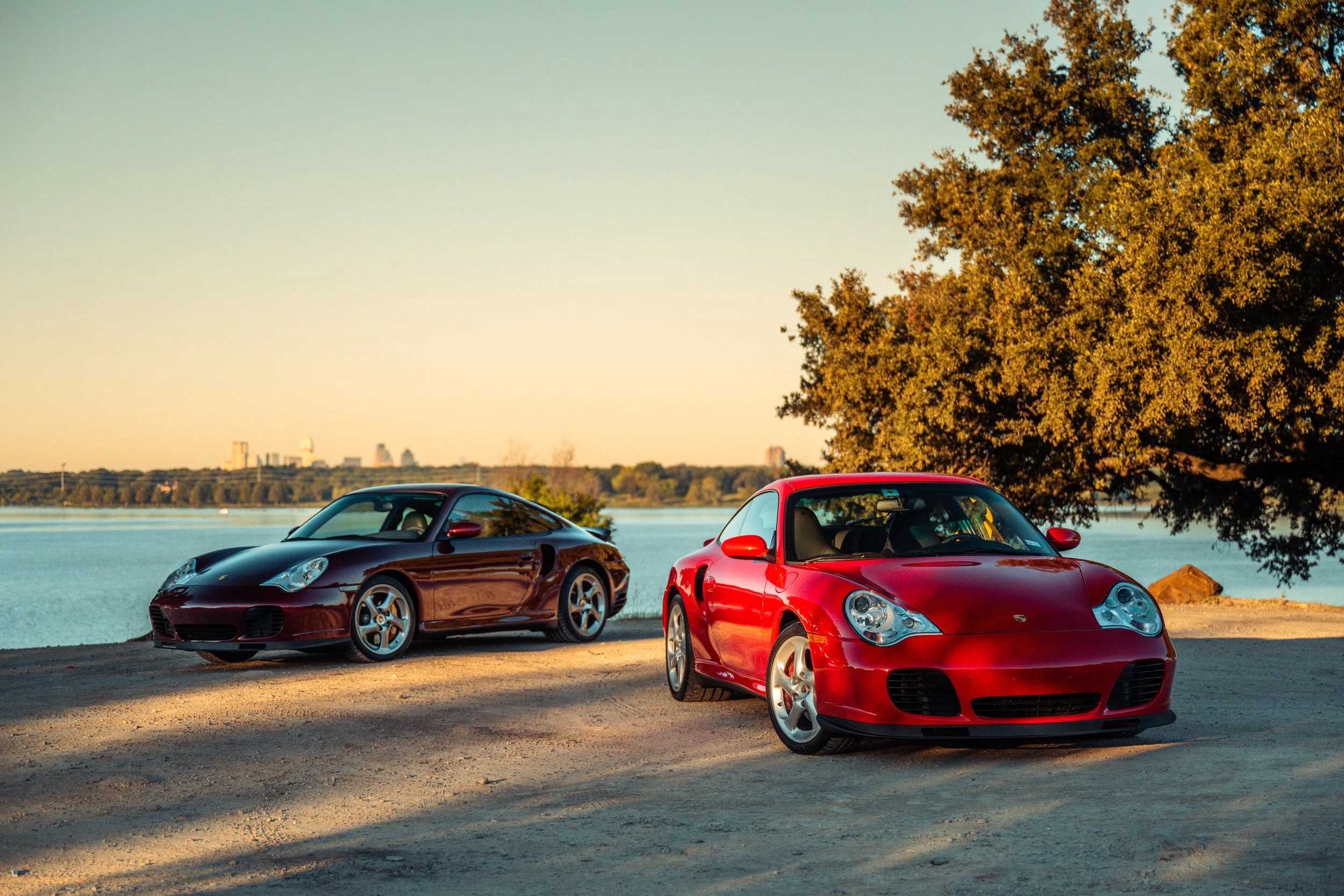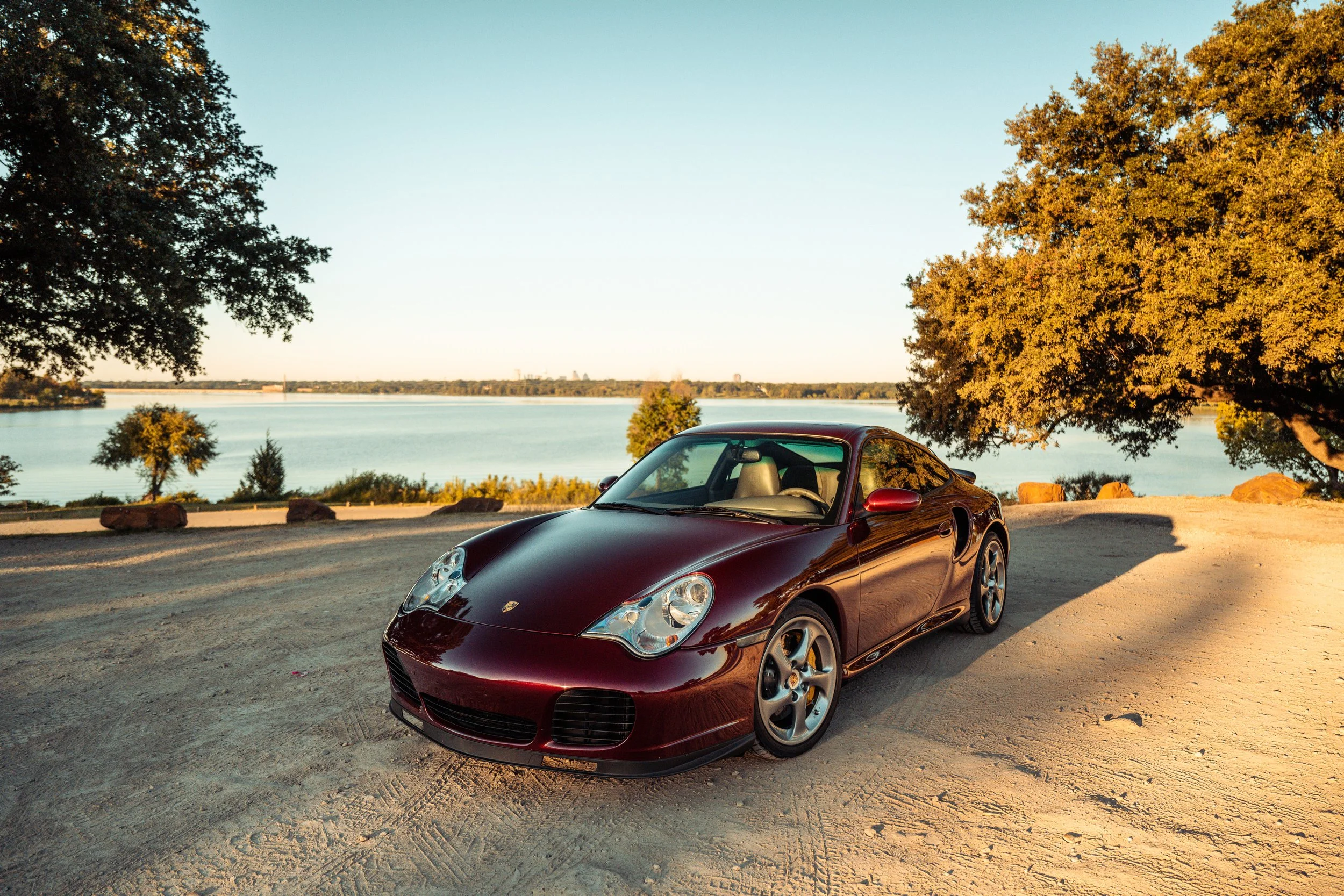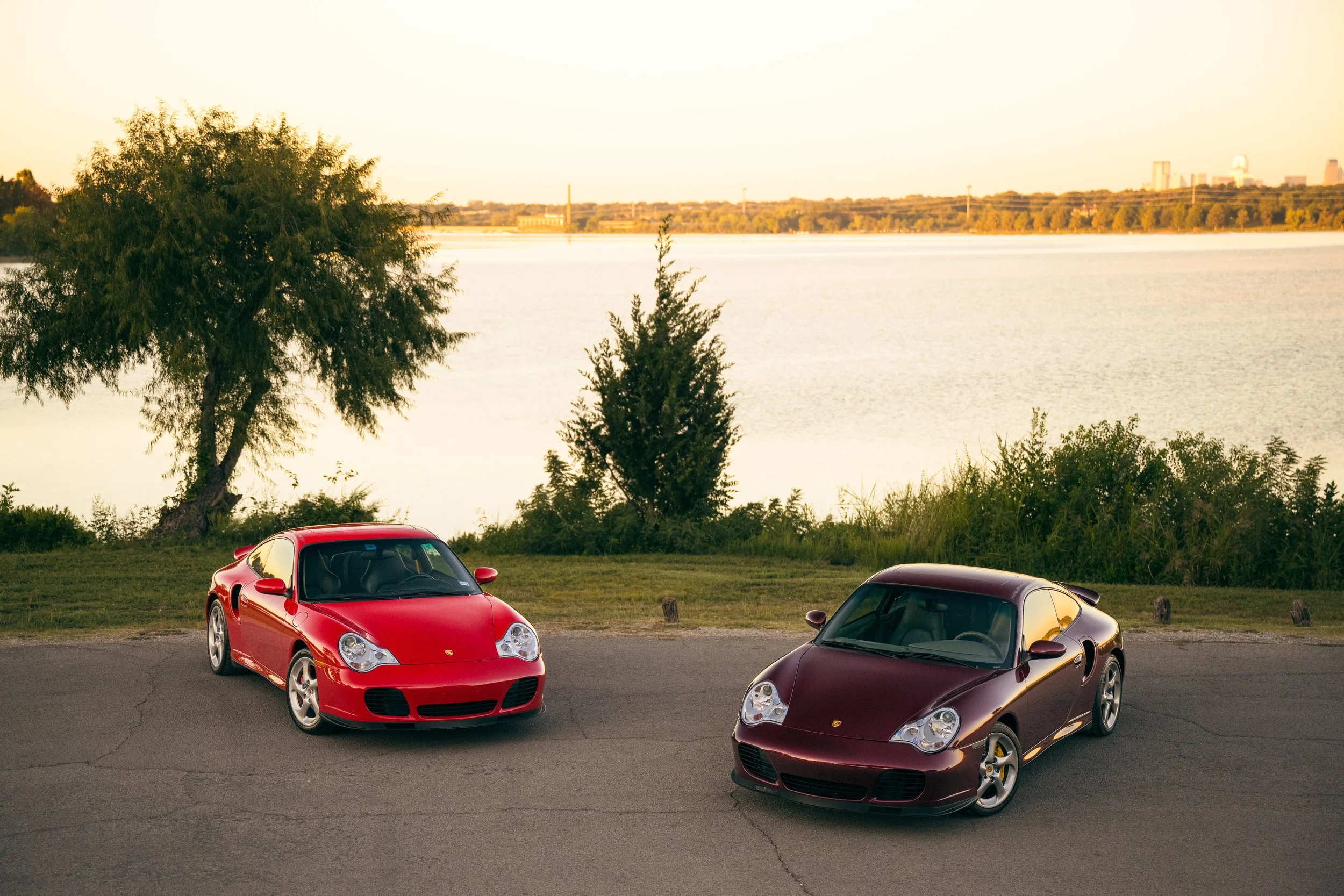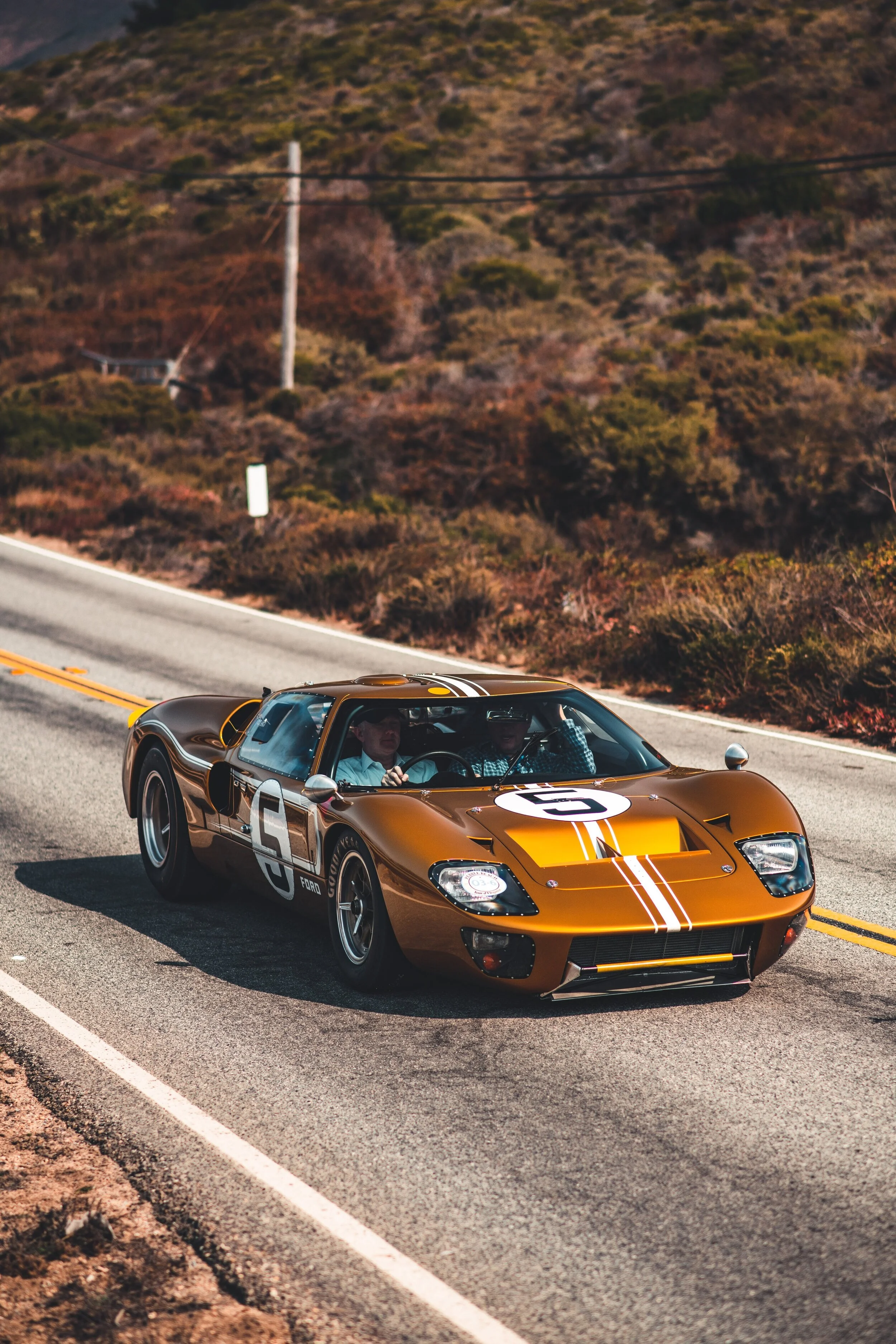Despite being an apparent oxymoron, the “modern classic” has become one of the most active segments within the collector car space over the last few years. As someone who just crested 30 myself, I can see why: the cars I dreamt about during my most formative years are now closing in on (or already are) twenty years old. And either fortunately or unfortunately, depending on your ownership status, they aren’t getting cheaper anymore. For that reason (and many more) I jumped at the opportunity to get two very special collector-grade Porsches together for a short drive and a golden-hour photo session. I’m not much of a driver, nor am I an automotive journalist, so I’ll leave driving impressions to those with better credentials. What I do hope to do is explore both the subtle and obvious differences between these two incredible 996 Turbos and what makes each of them so very special.
Introduced in 2001, the 996 generation Porsche Turbo had some pretty legendary qualifications. Like all previous generation 911s, but unlike most 996s, the 996 Turbo utilized a Mezger designed flat-six. It’s a twin-turbocharged 3.6L unit very closely related to the engine that took Porsche’s GT1 to a class win at Le Mans in 1998. This Mezger engine is the water cooled version of Porsche’s air-cooled 3.6 used in the 993 and 964 model). It made 414 horsepower from the factory, and the combination of that bulletproof engine and an excellent all-wheel-drive system meant that these Turbos became incredibly popular both for their factory performance AND the ease of aftermarket power upgrades.
Porsche wasn’t done, though, which brings us to this lovely low-mileage Guards Red 2002 Turbo: for those that wanted a *bit* more without sending their car to Evolution Motorsports, Porsche introduced the X50 package for the 2002 model year, which, by way of larger turbos, intercooler upgrades, ECU changes, and a new exhaust took power up to 444 hp. It wasn’t cheap, at $17k, which is likely why X50 cars like this pristine, 19k mile example are both so rare and, as a result, so much more valuable than standard 996 Turbos. Fittingly, while slightly more subtle on the interior, this Turbo features a few special touches that remind you of it’s sporting slant. Most obviously, this car has the desirable 6-speed manual instead of the 5-speed Tiptronic automatic. It also boasts the optional sport seats, red contrast stitching across the black leather interior, and is finished off with yellow seat belts. Not exactly subtle, but this Turbo, especially in Guards Red, was intended to catch eyes. And catch eyes it does.
Speaking of rare 996 Turbos, for the last model year of the 996 (2005) Porsche introduced something new: The 911 Turbo S. Taking what amounted to the best, and most desirable options on the standard Turbo and bundling them into one car with updated badging and a few extra goodies, the Turbo S was the pinnacle of the 996 generation Turbo. Remember the X50 package we talked about on the Guards Red car? The Turbo S included all the upgrades from the X50 package, then added carbon ceramic brakes (another 8k option on the standard Turbo), a full leather interior, an infotainment update, and additional Turbo S badging.
With all other 2005 911 models being of the new 997 generation, the Turbo S was truly the last hurrah for the 996, and as you would expect, also extremely rare. Porsche made approximately 1,500 Turbo S models worldwide, but only about 600 were Coupes, and fewer than 200 of those were 6 speed manual coupes, like this example. Keen Porschefiles will also notice that this particular car is finished in paint-to-sample Arena Red, borrowing a color generally only seen only on 993 generation cars. Inside, it continues with the striking, yet luxurious theme: grey leather abounds, this time draped across the comfort seats. Instead of aluminum or leather, the shift knob and handbrake are adorned with dark wood accents. It still features the all-important 6-speed manual, but it’s still easy to see the original owner’s desire for a luxurious, understated 911 led to the incredible specification we see today.
Both are manuals, both have the same power figures, and both in different ways represent the pinnacle of the 996 Turbo. The details, however, set them apart, and I wager that most who have read this far have a strong preference for one car over the other. The Guards Red X50 draws me in the most, but in the time I spent with these two I encountered just as many admirers with their hearts set on the Arena Red Turbo S. Luckily for both camps, both cars are currently available with my friend Patrick at his boutique Porsche-focused shop Hey, Cool Car!
It goes without saying, but thank you to Patrick for making these cars available to me and helping me with the shoot. Selfishly, I hope there cars are around longer so I can see them a few more times, but I suspect they will move quickly.







